A trip to north Wales provided a long overdue opportunity for some ‘proper’ photography. To me that means picking up my camera and going out with the sole purpose of creating photographic images, as distinct from a walk or a visit with the camera in tow. With many things competing for attention it always feels a self-indulgent activity. There’s also an element of challenge. Can I actually take a photograph that I will like to look at in the future, in the time available.
The opportunity itself was short – at most a couple of hours. Fortunately the location was at hand – Penmon Point, a small finger of rock that juts into the sea in the eastern corner of Ynys-Môn – the Isle of Anglesey, at the northern end of the Menai Straits, threatening the boats that seek to round it. It’s a place I’ve visited before, albeit infrequently, and I was staying within walking distance.
The most prominent features are the Trwyn Du lighthouse and nearby Ynys Seiriol (Puffin Island) together with a cluster of former coastguard buildings, cottages and a small cafe. Mountains and the Great Orme (a distinctive headland on the mainland) provide a distant backdrop. A single-track access road ensures the area is well visited, with cars and camper vans numerous and at times an overwhelming presence. The snapshot image below gives the general context.
 As a well known ‘beauty spot’ most views of Penmon have already been captured and can be found on everything from postcards to drink coasters and tea-towels. It’s hard to avoid a view that is not already a visual cliche, so I didn’t worry too much about originality.
As a well known ‘beauty spot’ most views of Penmon have already been captured and can be found on everything from postcards to drink coasters and tea-towels. It’s hard to avoid a view that is not already a visual cliche, so I didn’t worry too much about originality.
The camera of choice was a Minolta X700 with a Minolta 50mm 1:1.7 and 135mm 1:3.5 lenses, a sturdy second-hand combination I’ve had for some 20 years and that has stood the test of time well, plus my trusty Tamrac bag. So much has already been written elsewhere about the camera that it doesn’t bear repetition here. It was already loaded with black and white Ilford FP4 Plus 125 and there was still half a roll to play with. Back home, processing was by AG Photo Lab, who scanned the negatives as 8 bit jpegs. There has been no further post-processing.
Given the black and white film stock and generally neutral lighting much of my attention focused on composition, the lighthouse forming the point around which other elements were viewed. I’ve selected three images to give an idea of my efforts.
 Personally, I quite like this one above with its horizontal and vertical elements and the Great Orme looming in the background. The depth of field is too shallow but the misty quality works for me and you get a sense of the treacherous conditions sailors can face when the tide is in.
Personally, I quite like this one above with its horizontal and vertical elements and the Great Orme looming in the background. The depth of field is too shallow but the misty quality works for me and you get a sense of the treacherous conditions sailors can face when the tide is in.
 The second, above, isn’t a success. The balance of foreground and lighthouse are out of proportion, the exposure is not right and I didn’t catch enough of the “No Passage Landward” warning.
The second, above, isn’t a success. The balance of foreground and lighthouse are out of proportion, the exposure is not right and I didn’t catch enough of the “No Passage Landward” warning.
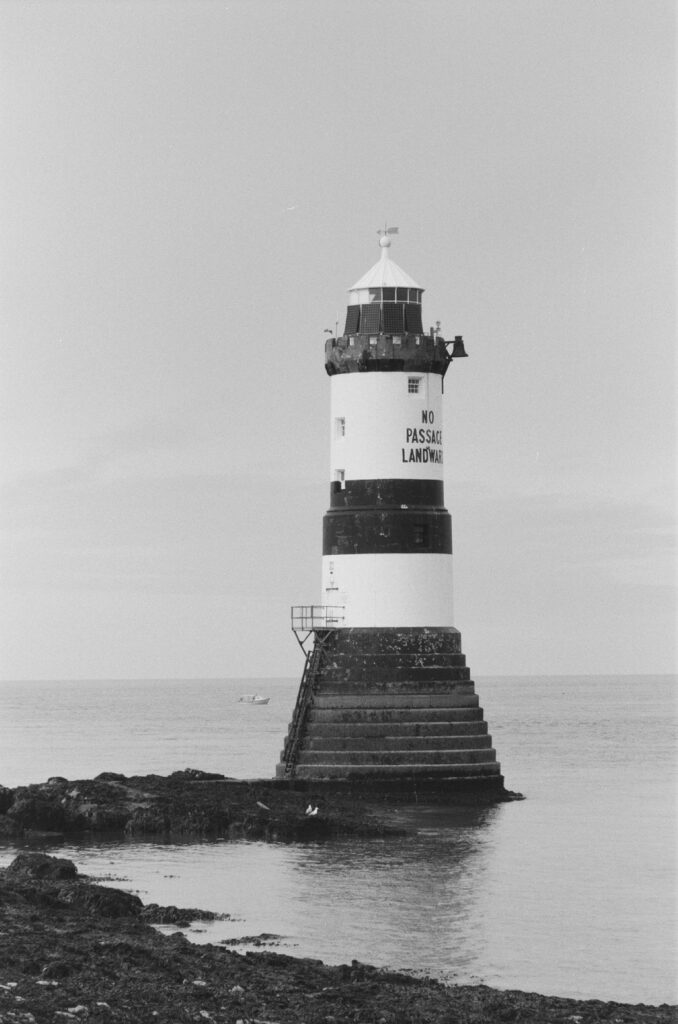 The third is my favourite of this run – a strong subject, boat in the background, good exposure, nothing too fancy and for me it captures the essence of the place. And yes, it’s as cliched as it gets.
The third is my favourite of this run – a strong subject, boat in the background, good exposure, nothing too fancy and for me it captures the essence of the place. And yes, it’s as cliched as it gets.
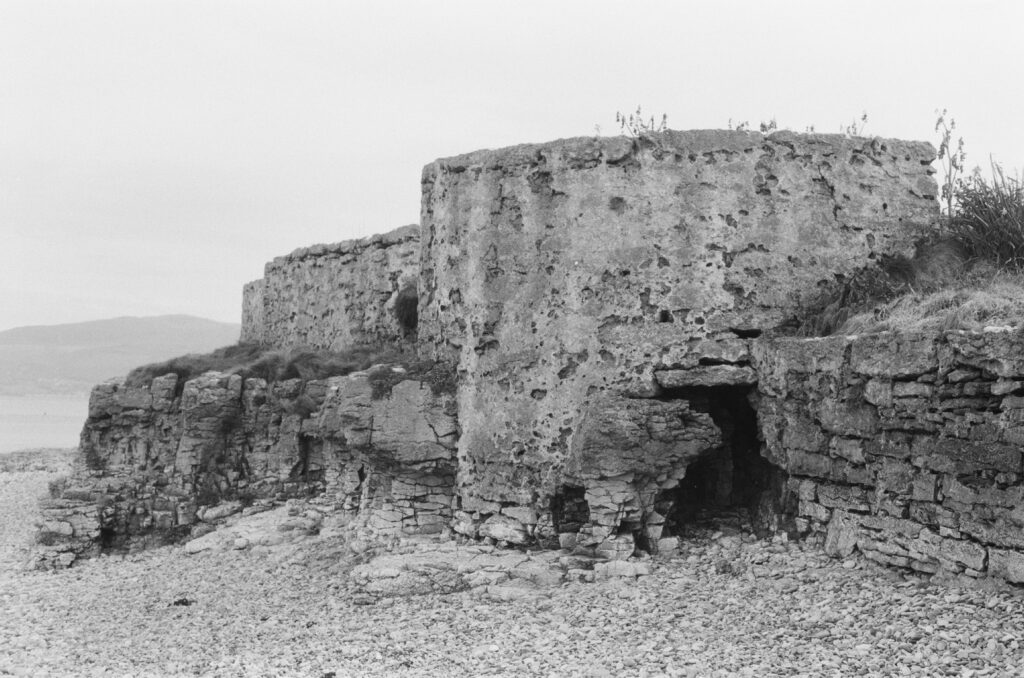 Finally, to show that lighthouses were not the sole focus, an image above of a weathered concrete wall at the sea / land edge. The variety of textures caught my eye and it came out much as I envisaged. It doesn’t have an immediate impact but the more I study it the more I like it.
Finally, to show that lighthouses were not the sole focus, an image above of a weathered concrete wall at the sea / land edge. The variety of textures caught my eye and it came out much as I envisaged. It doesn’t have an immediate impact but the more I study it the more I like it.
All-in-all I had an enjoyable couple of hours; an opportunity to look more closely at and appreciate the surroundings and capture a moment or two in time on which to reflect in the future.
Thanks for reading.
Share this post:
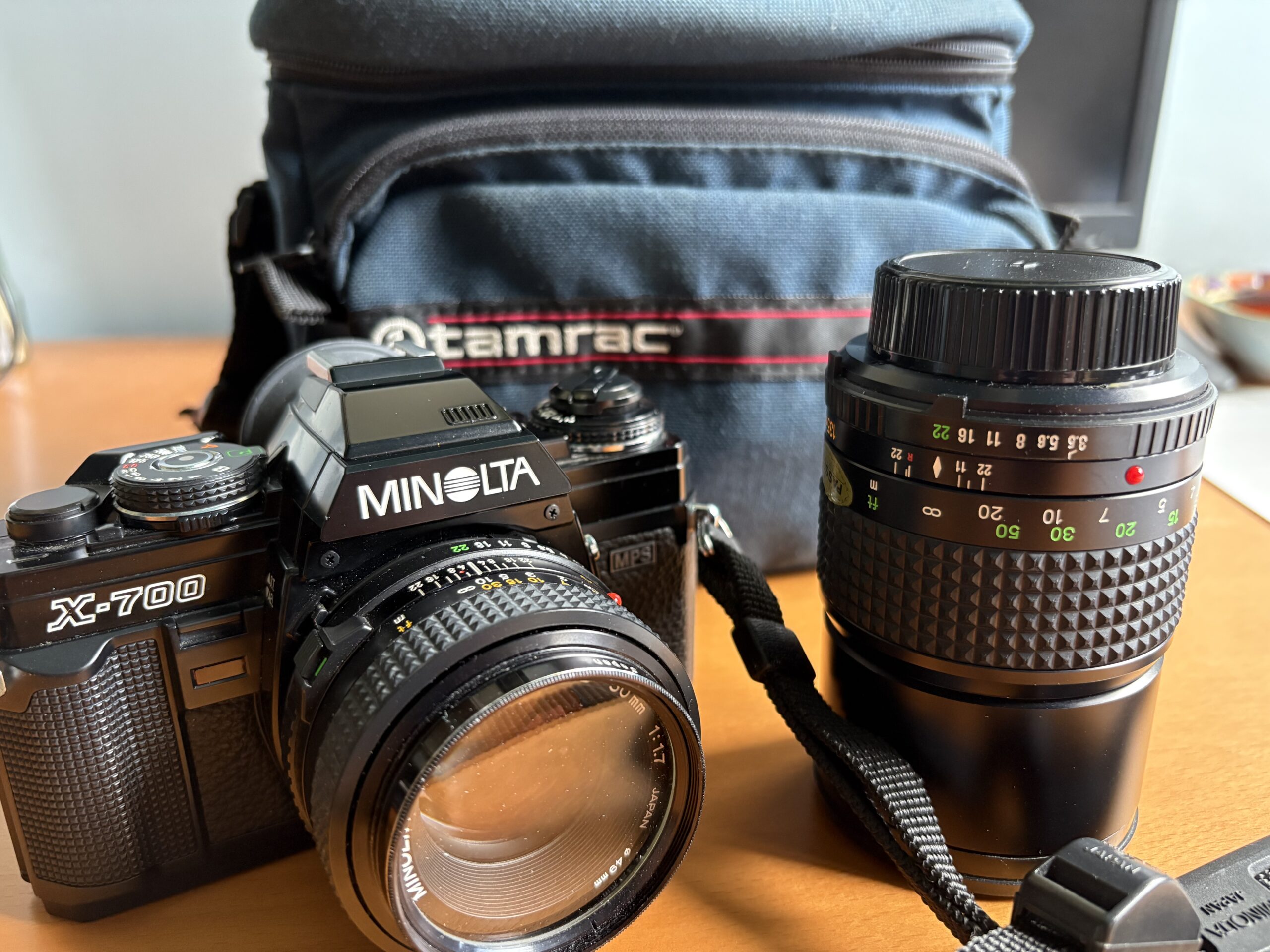


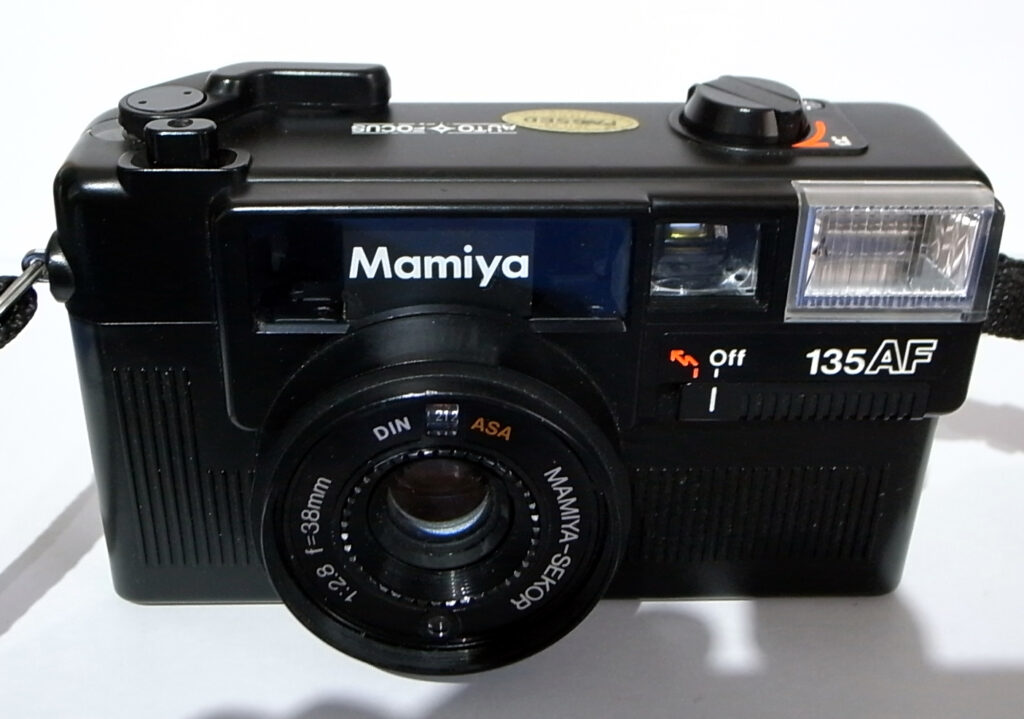
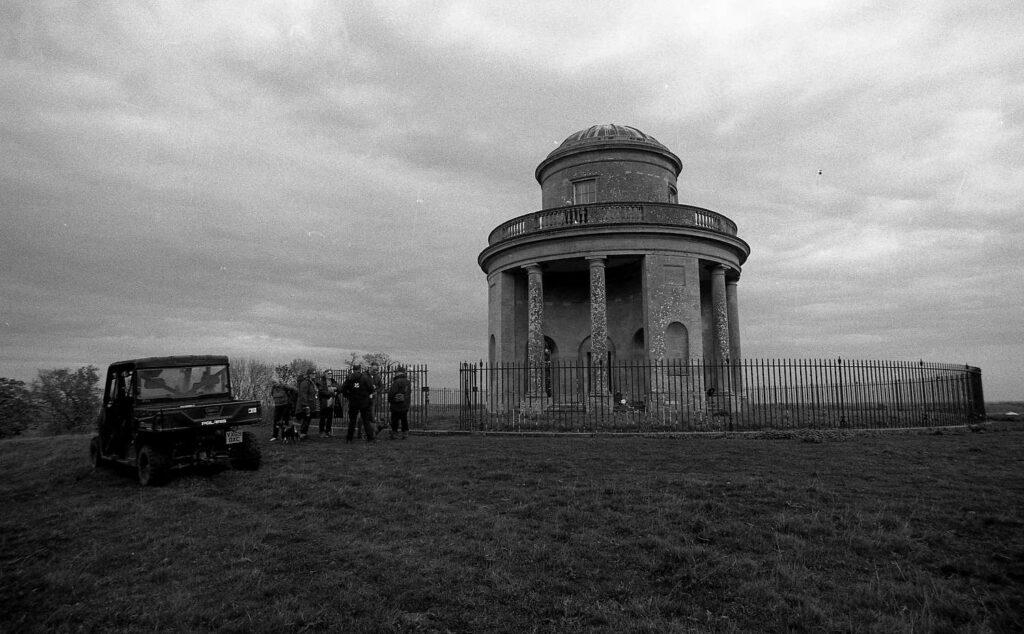
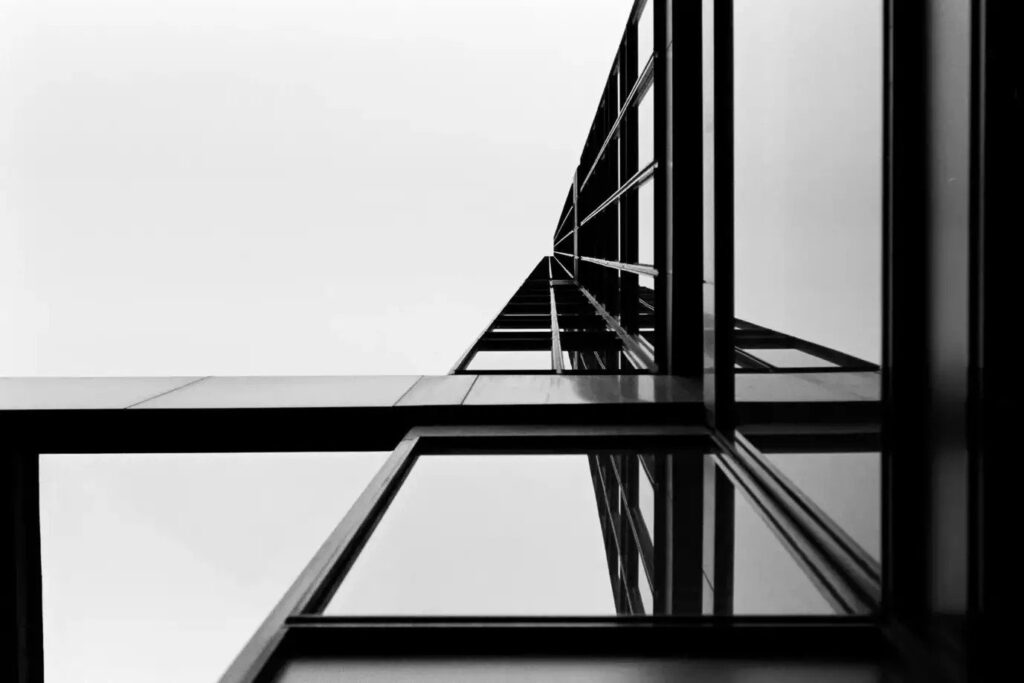


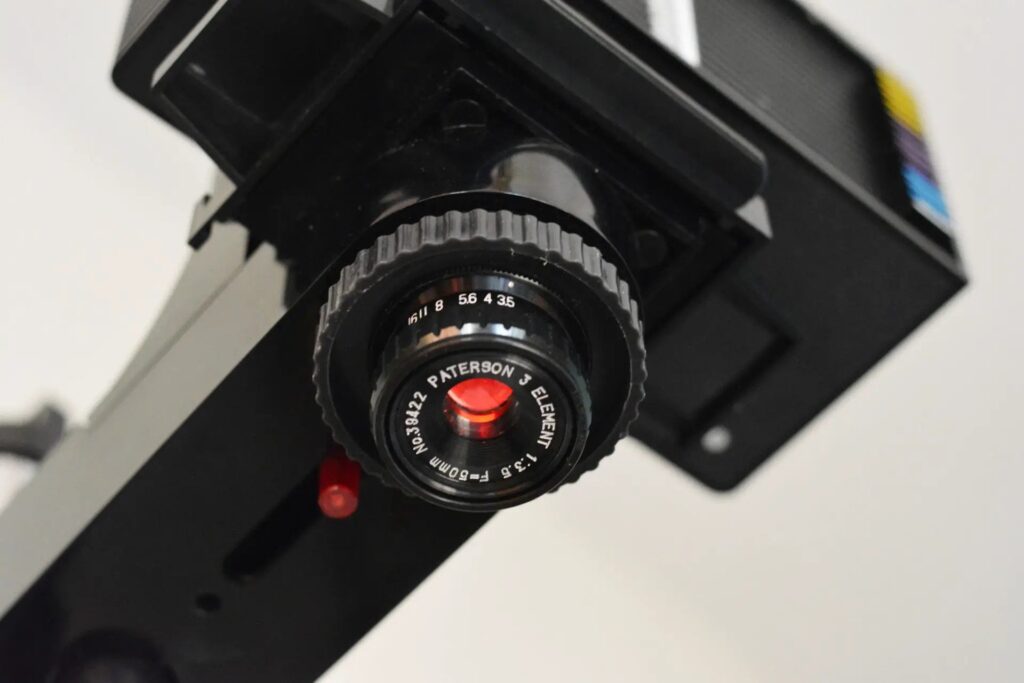
Comments
Gary Smith on 5 Frames at Penmon Point
Comment posted: 06/11/2025
Comment posted: 06/11/2025
Bernhard Vogler on 5 Frames at Penmon Point
Comment posted: 07/11/2025
Comment posted: 07/11/2025
Geoff Chaplin on 5 Frames at Penmon Point
Comment posted: 08/11/2025
Comment posted: 08/11/2025
Jeffery Luhn on 5 Frames at Penmon Point
Comment posted: 08/11/2025
I liked #2 the best. Very nice composition. It conveys a feeling for the isolation of the lighthouse. FP4 is a nice emulsion and a good choice for a low contrast day. The sea was quite flat that day, but I bet it can roar with danger when it's storming. Those shoals are treacherous! I imagine there has been many hands lost in that area over the centuries. Thanks for sharing your pix.
Jeffery
Comment posted: 08/11/2025
JC on 5 Frames at Penmon Point
Comment posted: 18/11/2025
And you are right, the Rokkors 50mm f1.7 and 135mm f3.5 are tough and examined lenses.
I recommend the last MD III version of the Minolta 135mm f3.5, which is very short and lightweight. And it's nearly as sharp as the famous ( but heavy weight ) 4 elements Rokkor 135 mm f2.8.
Comment posted: 18/11/2025